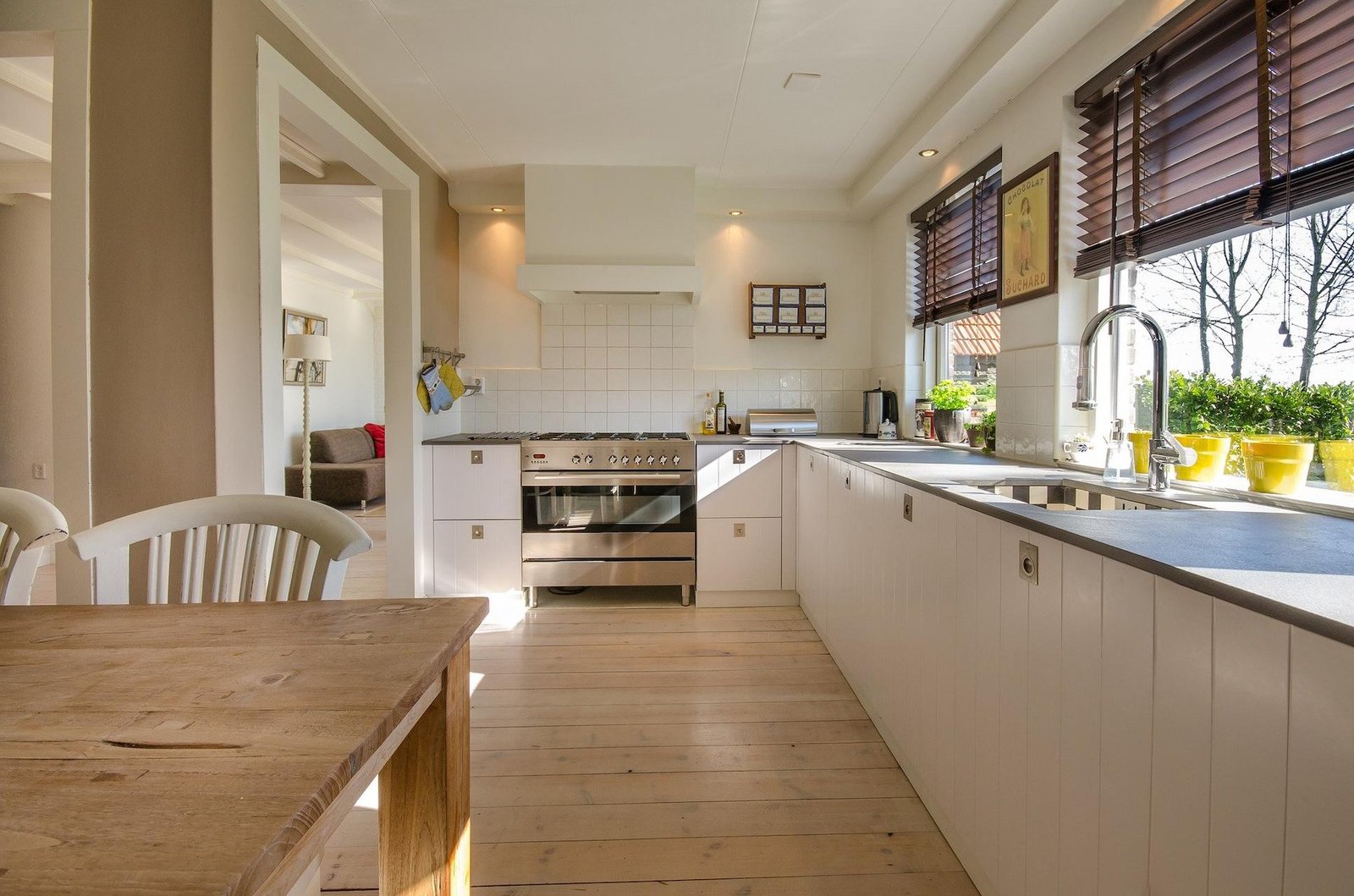Fire safety is a vital part when it comes to managing flats and apartments. All landlords and building management authorities should comply with the legislation which states that fire risk assessments are a legal necessity. It helps to identify potential fire risks and protect properties against the danger of fire.
Fire Assessment According To The Building Size
Small buildings– Here we are talking about buildings consisting of ground and no more than one storey above ground. They are the least complex when it comes to fire safety system requirements (except for a few buildings, which are engineered with design issues).
Low-rise buildings– This would include buildings having between one and three storeys (up to 11m), or heights up to 18 m above the ground. They would need some additional safety measures in case of fire, like escape routes. There might also be restrictions on the type of material used for the facade. But that will depend on the distance between the adjacent buildings and boundaries.
High-rise buildings– These are buildings with heights exceeding 18m, and they require many additional measures for firefighters. These buildings should come with protected fire fighting shafts, with fire suppression systems and phased evacuation is also recommended. Old high-rise buildings might not have all these features, and thus, thorough fire risk assessments for flats will be required.
Who Is Responsible For Arranging The Assessments?
The responsibility to arrange a fire assessment for the building lies with the landlord. It can be an individual owner, a resident management company, or a managing agent. Also, after the completion of any work, a thorough review should be carried out for addressing any fire safety concerns.
Fire Safety In Communal Areas
It is a legal requirement to have fire risk assessments for flats and communal areas of the property. In case of doubt, a more intrusive assessment would be carried out.
Landlord Fire Risk Assessment
Fire risk assessment should be carried out on all corners of the landlord’s properties. The process will help in the identification of any potential fire hazards, and also people who are at risk because of it. The assessment will also determine if there is anything that can be done to reduce the risk. The assessment should be carried out according to the building size to protect everyone on the property against any fire risk.
Fire Doors
Fire-rated doors are also a legal requirement in flats. They play a crucial role in the event of any fire accident. They prevent fire and smoke from spreading quickly and thus, can save a lot of life. Thus, one should never alter their front door without taking advice about what impact it can have on overall fire safety. Even adding simple things like a letterbox can have an impact. Thus, you should always ask your landlord.




